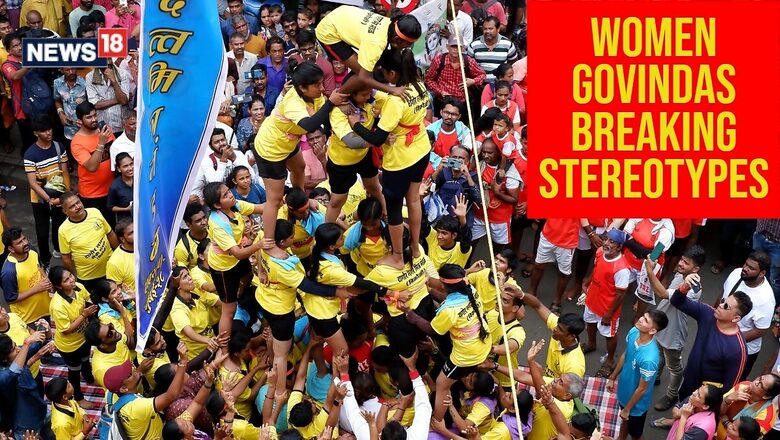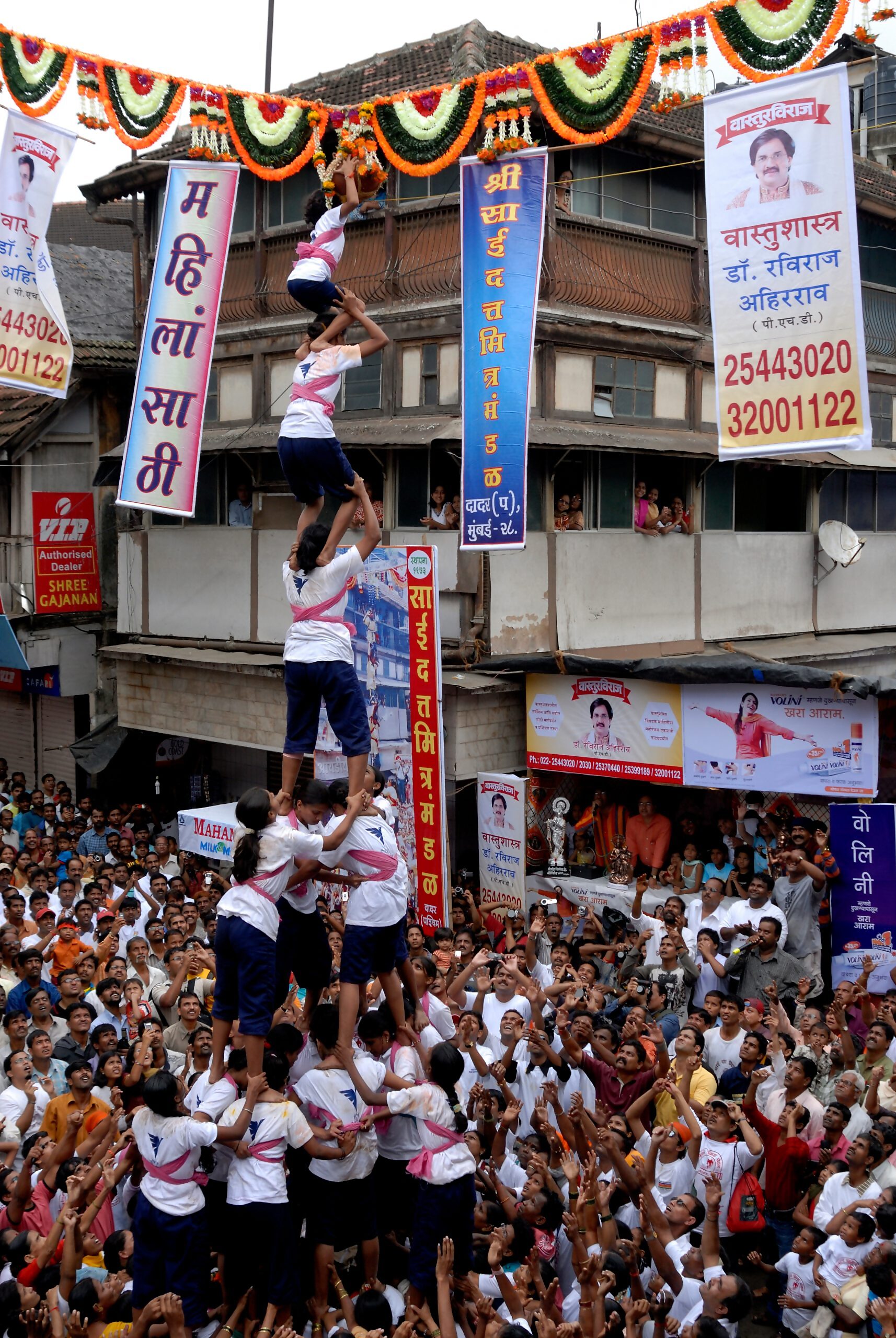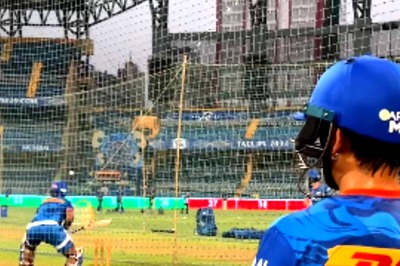
views
Dahi Handi is celebrated on Janmashtami, marking the birth of Lord Krishna. The festival’s key event involves teams of Govindas (a group of men) forming human pyramids to reach and break a pot (handi) suspended at a considerable height, symbolising Krishna’s childhood activities of stealing butter from pots hung high by the gopis.
Traditionally, these teams have consisted exclusively of men, reflecting broader societal norms; physical and public displays of strength were considered the domain of men.

Back in 1995, when Dahi Handi was not commercialised in Mumbai, social worker Bhau Korgaonkar and his wife, Shalaka, decided to introduce women to what had always been a male sport.
The idea was unique at the time, and no one thought it would survive more than one season. In fact, the plan to promote gender equality was mocked, but the Korgaonkars kept the faith.
The evolution of women Govindas represents a breaking of gender barriers in a traditionally male-dominated event.
Women Govinda teams have emerged in various parts of Maharashtra, particularly in urban centres like Mumbai and Pune, where they participate alongside men, forming pyramids to reach and break the handi.
The female brigade of Govindas comprises kho kho players and athletes, who have excelled at various levels of the game ranging from 6 to 22 years. By participating as Govindas, women are not just joining a cultural celebration; they are actively redefining societal expectations.
Their involvement challenges the stereotype that women are inherently weaker or less capable of engaging in strenuous physical activities.
Forming human pyramids requires strength, balance, teamwork, and resilience — qualities that women Govindas are proving they possess in abundance.
As they climb higher, both literally and metaphorically, these women are demonstrating that traditional gender roles are no longer relevant in modern society.
The rise of women Govindas is also a reflection of broader social changes, where there is a growing emphasis on gender equality and empowerment. These women are role models, showing that determination and courage can overcome societal barriers.
Their participation in Dahi Handi is a visible, public assertion of their rights to participate in all aspects of cultural life, regardless of gender.
The presence of women Govindas is helping to normalise the idea of women in leadership and physically demanding roles. As they take on prominent positions in the pyramids and lead their teams to success, they inspire other women and girls to pursue their goals without being hindered by traditional expectations.
This breaking of stereotypes is not just about participating in a festival; it is about reshaping the narrative of what women can achieve.
Despite the progress, women Govindas still face challenges. The physical nature of the event raises safety concerns, especially given that human pyramids can sometimes be several stories high.
Organisers and participants have to navigate these risks carefully. There have been efforts to introduce safety measures, such as limiting the height of pyramids for women’s teams, providing safety gear, and ensuring proper training. These precautions are crucial in encouraging more women to participate while ensuring their safety.
While acceptance is growing, there can still be resistance, in more conservative or traditional communities. Some people may view the participation of women as inappropriate or contrary to social norms. Overcoming these attitudes requires continuous advocacy and the normalisation of women’s involvement in all aspects of public life.




















Comments
0 comment